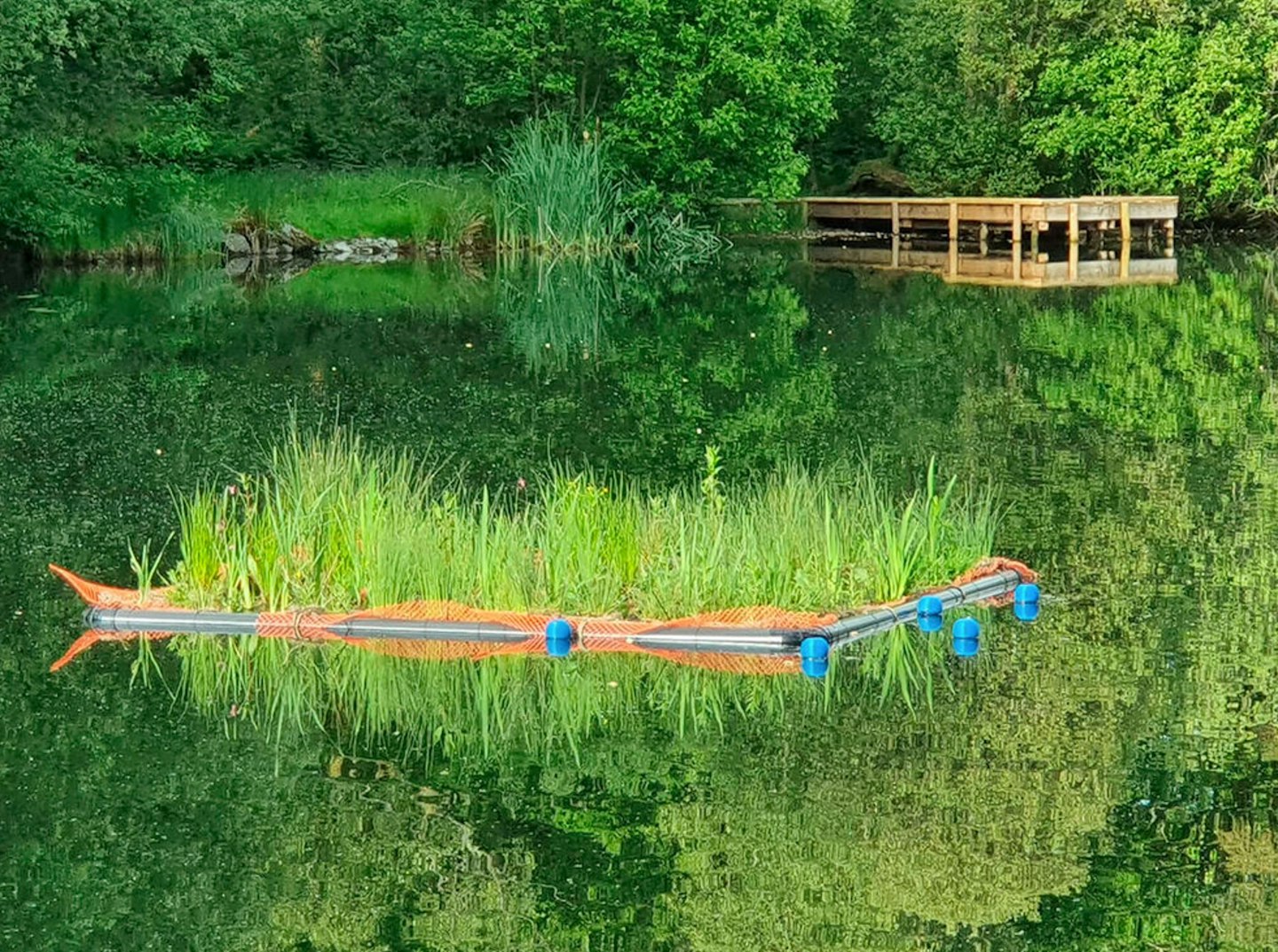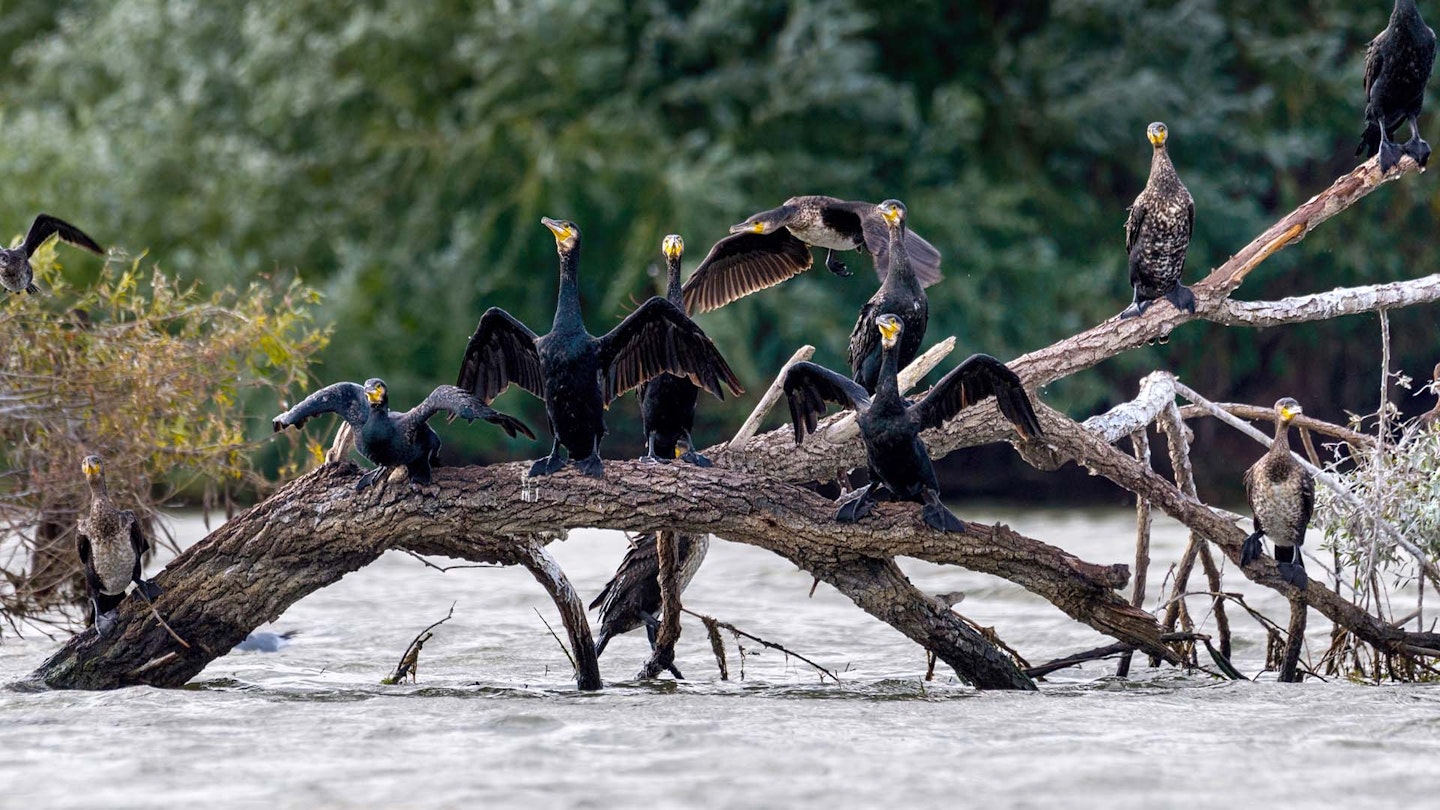WITH our waterways nearing their most vulnerable period, this week experts have issued a raft of guidance measures on how best to protect precious fish stocks from the threat of cormorants.
During winter, Britain’s inland and coastal cormorants are bolstered by migratory ‘sinensis’ birds, which arrive from Northern Europe to plunder our lakes and rivers.
Reduced angler footfall at most venues in the colder months adds to a rise in bird numbers, and if a group settles on a venue, they can decimate stocks at the rate of 2lb of fish per bird, per day.
But there are tools that fisheries can use to deter cormorants, as Jake Davoile, Fisheries Management Adviser at the Angling Trust, revealed: “To reduce rates of predation a multi-faceted approach is required, with a regular and sustainable scaring regime alongside a longer-term plan to increase fish refuges,” he said.
“Lasers can work very well on overwintering roosts, while shooting to scare can also disperse birds from a fishery.”

Over time, however, cormorants can become tolerant of such scare measures, but Jake was keen to highlight some of the other tactics that should be employed.
“On smaller venues, ropes and wires can be very effective, and fisheries have the option to apply for a licence to lethally control cormorants, with the landowners’ consent being a necessity,” he added.
“The introduction of floating and submerged habitat – essentially underwater reefs – offer fish sanctuary. By fencing the refuges you can keep diving birds out, giving fish safe areas to move into during predation events. Not only will these safe havens prevent loss of fish, but also less obvious behavioural changes of fish through the stress of being chased around.”

